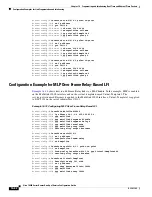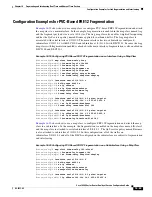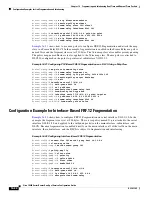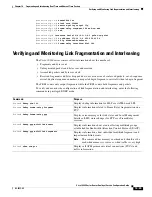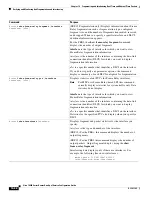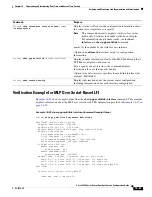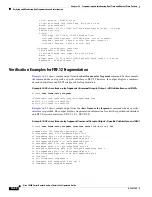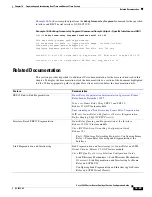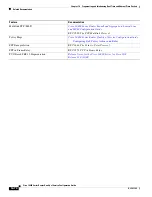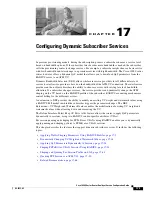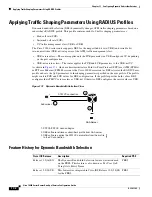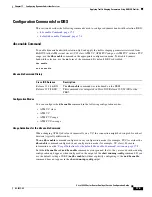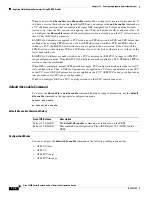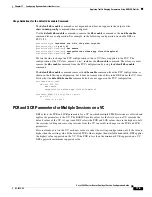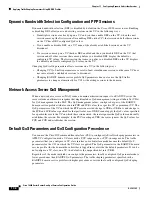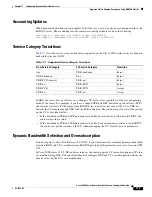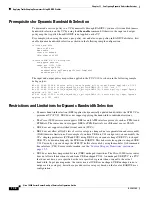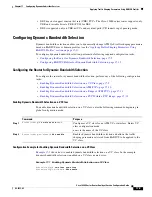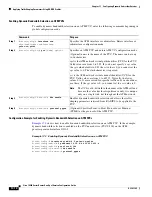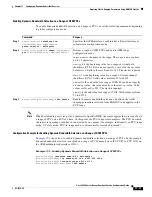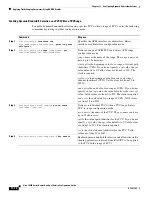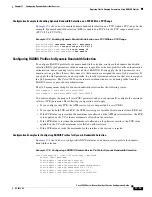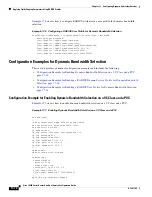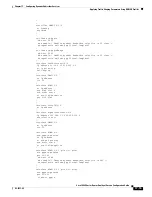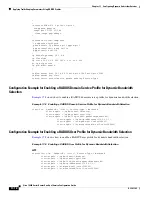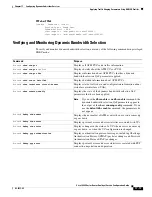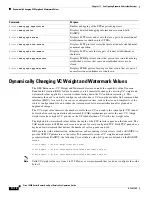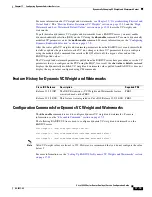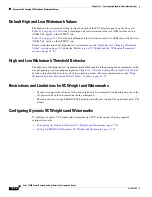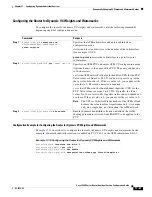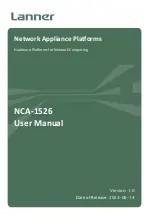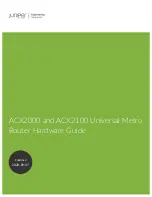
17-6
Cisco 10000 Series Router Quality of Service Configuration Guide
OL-7433-09
Chapter 17 Configuring Dynamic Subscriber Services
Applying Traffic Shaping Parameters Using RADIUS Profiles
Dynamic Bandwidth Selection Configuration and PPP Sessions
Dynamic bandwidth selection (DBS) is disabled by default on the Cisco 10000 series router. Enabling
or disabling DBS affects new and existing sessions on the VC in the following ways:
•
If multiple sessions are already up on a VC and you then enable DBS on the VC, when the next
session comes up (the first session after enabling DBS on the VC), that session and all other sessions
on the VC have DBS configured QoS values.
•
If you enable or disable DBS on a VC, none of the already established sessions on the VC
disconnect.
•
If a session comes up on a VC that has DBS enabled and then you disable DBS on the VC, that
session and all other sessions that came up before you disabled DBS display the default or
configured VC values. The first session that comes up after you disabled DBS on the VC displays
the default and locally configured QoS values on the VC.
Changing QoS traffic parameters affects sessions on a VC in the following ways:
•
Changing VC QoS traffic parameters as a result of new simultaneous sessions on the same VC does
not cause already established sessions to disconnect.
•
Changing RADIUS domain service profile QoS parameters does not cause the QoS traffic
parameters to change automatically for VCs with existing sessions to the domain.
Network Access Server QoS Management
When a network access server (NAS) sends a domain authorization request to a RADIUS server, the
server returns an affirmative response that might include a QoS-management string in attribute 26 (VSA)
for QoS management in the NAS. The QoS-management values, configured as part of the RADIUS
domain service profile attributes, contain PCR and SCR values for a specific VC or permanent VC. The
QoS parameters of the VC on which the PPP session arrived change to UBR or VBR-nrt, and change to
the PCR and SCR values specified for that particular user. If DBS cannot apply the QoS values specified
for a particular user to the VC on which the session arrived, the router ignores the QoS values and usually
establishes the session. For example, if the PVC is unshaped UBR, the router ignores the QoS values for
PCR and SCR and establishes the session.
Default QoS Parameters and QoS Configuration Precedence
You can use the Cisco IOS command line interface (CLI) to configure QoS traffic shaping parameters in
ATM VC configuration mode, VC class mode, PVC range mode, or PVC-in-range mode. The traffic
parameters that you configure in VC class interface or subinterface mode become the default QoS
parameters for the VCs on which the VC class is applied. The QoS parameters in the RADIUS domain
service profile (for the domain the subscriber is logged in to) override the default parameters. If you do
not configure a VC class on a VC, the default is the unspecified bit rate (UBR).
Regardless of the mode in which you configure the parameters, locally configured QoS parameters have
lower precedence than RADIUS QoS parameters. The traffic shaping parameters specified in the
RADIUS domain service profile with higher precedence override the locally configured QoS shaping
parameters.

